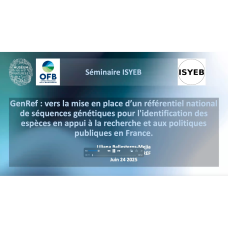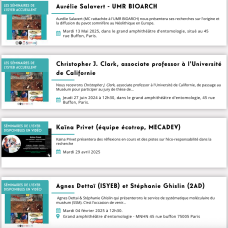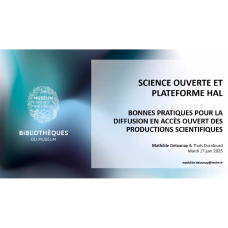Tania D’haijère de l’Université Libre de Bruxelles

SEMINAIRE TANIA D'HAIJIERE (ULB)

SEMINAIRE TANIA D'HAIJIERE (ULB)
Le séminaire est disponible sur : https://youtu.be/ZgRyjnppTIc
Despite many zoological biogeographic studies, the mechanisms of diversification in the islands of the Gulf of Guinea are still poorly understood, and almost no studies have been conducted on the flora.
Here, we used the genus Tridactyle (Orchidaceae) (50 spp.) as a model to explore the story of colonization of the epiphytic orchids in this archipelago. This genus is only found in tropical Africa, and has a very high rate of endemicity on São Tomé and Príncipe. We investigated how species diversity has evolved on this archipelago, and more precisely, we tested three main colonisation scenarios that could explain the diversity of Tridactyle: i) a scenario of colonisation without speciation, ii) adaptative radiation and iii) a simultaneous colonisation by taxonomically and/or ecologically linked organisms. We used one nuclear maker PhyC (c. 900 pb), the sequencing of plastome (pDNA: c. 160,000 bp), ribosomal DNA (rDNA: c. 5900 bp), and habitat characteristics for each species (41 species), which provided: (i) a phylogenetic relationships tree between species and estimated the divergence period between the main lineages, and (ii) reconstructed ancestral states regarding biome preferences.



